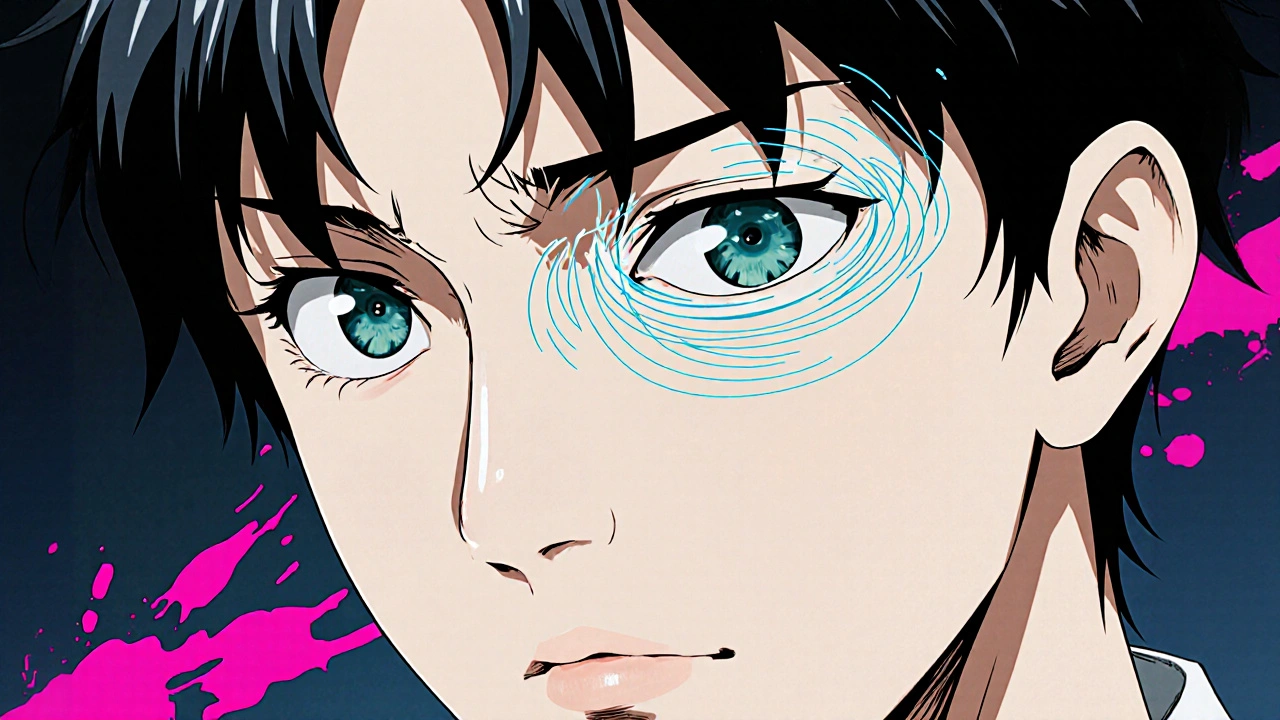Intraocular Pressure
When talking about Intraocular Pressure, the fluid pressure inside the eye that keeps its shape and supports vision. Also known as IOP, it is a critical sign that eye doctors monitor every day. High intraocular pressure can damage the optic nerve, leading to vision loss, while low pressure may cause its own set of problems. The condition sits at the heart of glaucoma, a group of eye diseases that silently steal sight if left unchecked. Another closely related term is ocular hypertension, which describes pressure that exceeds the normal range (usually 10‑21 mmHg) without yet showing nerve damage. Measuring this pressure typically involves tonometry, a quick, non‑invasive test that can be performed in a clinic or even at home with modern devices. Understanding these entities and how they interact helps you spot risk early, decide when to seek care, and choose the right monitoring routine.
How We Measure and Manage Eye Pressure
Tonometry comes in several flavors—applanation, rebounce, and non‑contact (air‑puff) are the most common. Each method gives a snapshot of the pressure inside the eye, letting doctors track trends over time. Once a high reading is confirmed, the typical first line of defense is prescription eye drops that either reduce fluid production or improve its out‑flow. Popular classes include prostaglandin analogues, beta‑blockers, and carbonic anhydrase inhibitors. For patients who don’t respond to drops, laser therapy or surgical options like trabeculectomy can create new drainage pathways. Lifestyle tweaks also play a role: regular exercise, a balanced diet low in sodium, and avoiding excessive caffeine can modestly lower pressure. Some studies even suggest that good sleep posture—keeping the head slightly elevated—helps keep pressure stable overnight. By combining accurate tonometry readings with tailored medication and lifestyle changes, most people can keep their intraocular pressure in a safe zone and protect their vision for years.
Risk factors for elevated intraocular pressure include age over 40, a family history of glaucoma, thin corneas, and certain ethnic backgrounds such as African or Asian descent. Conditions like diabetes, high blood pressure, and even severe eye injuries can also raise pressure. If left unchecked, high pressure can thin the retinal nerve fiber layer, leading to irreversible visual field loss. Regular eye exams that incorporate tonometry, optic nerve imaging, and visual field testing are the best way to catch changes early. Whether you’re a patient newly diagnosed with ocular hypertension or a long‑time glaucoma warrior, staying informed about how pressure, tonometry, and treatment options intertwine empowers you to make smarter health choices. Below you’ll find a curated collection of articles that dive deeper into side effects of common medications, practical tips for managing eye health, and the latest research on pressure‑lowering therapies.
Ocular Hypertension and Retinal Detachment: How They’re Connected

Explore how high eye pressure (ocular hypertension) can increase the risk of retinal detachment, learn shared risk factors, diagnosis, and prevention steps.
